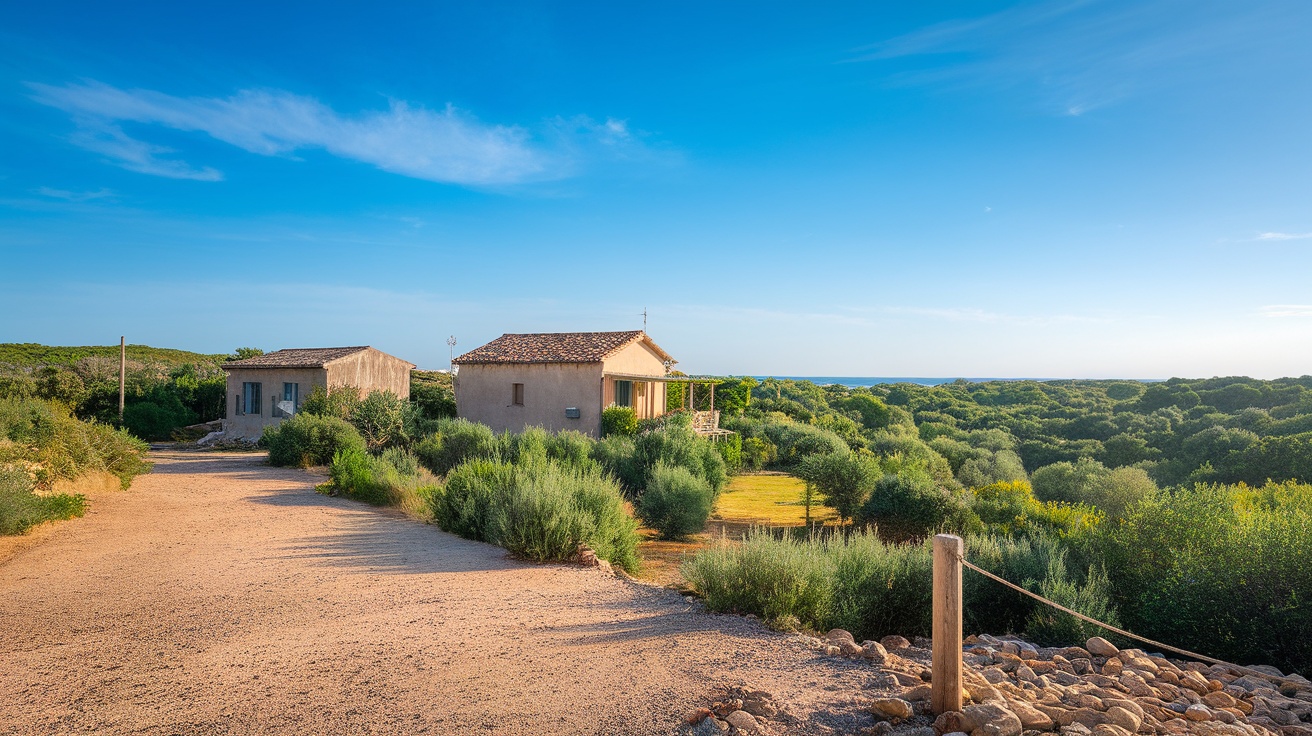Blue Zones are often praised as the gold standard for longevity—but is their plant-based narrative legit? Discover what the mainstream media won’t tell you about what really fuels a long, healthy life.

What Are the Blue Zones?
If you’ve read any wellness blog or watched a Netflix health doc, you’ve probably heard of the “Blue Zones.” These are five regions where people allegedly live the longest:
- Okinawa, Japan
- Sardinia, Italy
- Ikaria, Greece
- Nicoya, Costa Rica
- Loma Linda, California
The takeaway? According to the media: plant-based eating, low meat, whole grains, beans, and strong community bonds = long life.
Sounds convincing. Until you actually look at the details.
The Problems No One Talks About
The Blue Zone narrative is mostly built on observational data—not controlled studies. That means researchers look at these populations and guess at what might be contributing to their health. But correlation ≠ causation.
Here’s where things get shaky:
1. “They Eat Plant-Based” – Not Really
- The Okinawan diet? Historically, it was high in pork and lard, not tofu and sweet potatoes.
- Sardinians? They eat lots of goat cheese, fatty pork, and wine, and traditionally consumed animal foods daily.
- Nicoyans? They drink bone broth, eat eggs, lard, and meat.
The plant-based angle was selectively highlighted—while the animal-based, nose-to-tail traditions were conveniently ignored.
2. The Loma Linda Outlier
This California community is the only one in the group based on religious veganism (Seventh-day Adventists). But even here, the data is muddled.
- Many “vegetarians” still eat eggs, dairy, and even occasional meat.
- Non-Adventist Californians have higher disease rates, but also completely different lifestyles, making apples-to-apples comparison impossible.
- Plus, Adventists don’t smoke or drink, so how do we know it’s the beans, not the behaviors?
3. The Real Common Thread Isn’t Beans—It’s Simplicity
What these Blue Zones really have in common:
- Low stress, tight community, regular movement
- Seasonal, local, real food—not ultra-processed junk
- Sun exposure, nature, purpose, and daily routines
Those are huge factors—but they don’t require you to give up meat, fat, or eat soy every day.
Let’s Talk About Real Longevity Factors
Modern science shows us what the Blue Zones tried to hide:
Animal Foods = Nutrient Density
- Vitamin A (retinol), B12, heme iron, and DHA—all missing or hard to absorb from plants
- Grass-fed meat and organs fuel hormone production, brain health, and immunity
- People who eat high-quality animal protein age with more strength, fewer fractures, and better muscle mass
Seed Oils, Sugar & Processed Foods = Silent Killers
None of the long-lived cultures eat seed oils or processed carbs. In fact, most still cook with animal fat or olive oil, not soybean sludge.
Sleep, Sunlight, and Stress Matter More Than Macros
You can eat perfectly but still age fast if you’re chronically stressed, overworked, or never go outside. Longevity isn’t just about food—it’s about how we live, think, and recover.
Don’t Buy the Blue Zone Hype
Let’s be real, Blue Zones are used to sell books, push anti-meat agendas, and promote a one-size-fits-all longevity blueprint. But longevity doesn’t come from restricting meat or chugging lentils. It comes from living like a human again:
– Eat nutrient-dense foods—especially from animals
– Move your body daily
– Ditch processed seed oils and sugar
– Get sunlight, build community, and sleep well
– Find purpose
It’s not sexy—but it works.
SOURCES & REFERENCES:
- Willcox, D. C., Willcox, B. J., & Suzuki, M. (2009). The Okinawa Diet: Health Implications of a High-Fat, Animal-Inclusive Past.
- Meloni, C. (2017). Traditional Foods in Sardinia: The Real Story Behind Longevity.
- DiNicolantonio, J. J., & O’Keefe, J. H. (2018). Omega-6 Fatty Acids: Health Risks and Historical Context.
- Saladino, P. (2020). The Carnivore Code.
Leave a Reply